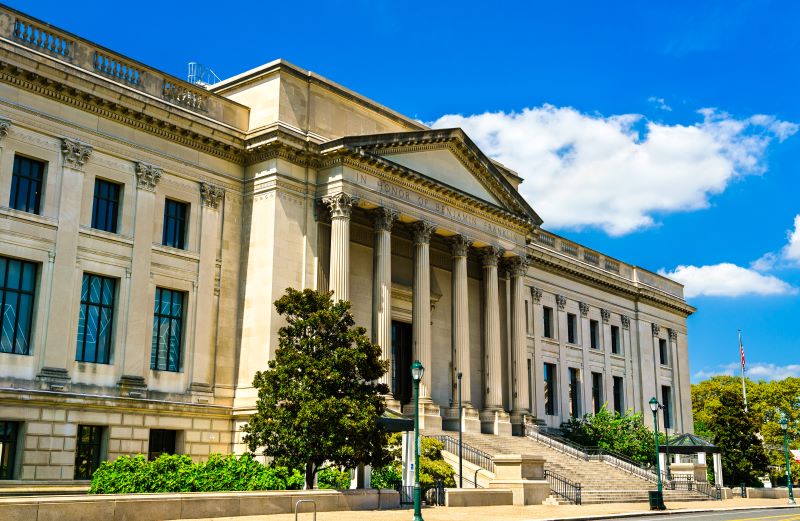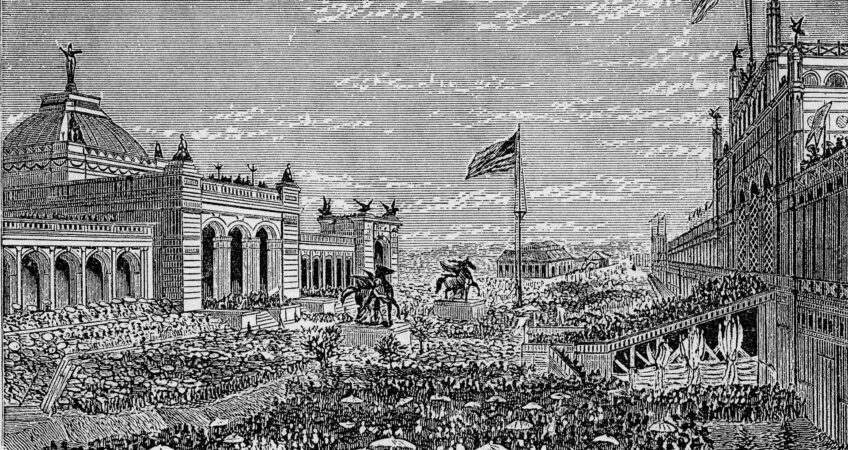Originally founded in 1682, Philadelphia is one of the oldest cities in the country. Given its age and significance in the founding of our nation, there is no shortage of historical buildings in the city. Whether it’s to bring a building up to code or simply to protect the building’s patrons and contents, installing a fire sprinkler system into a historical building can present a unique set of challenges.
Establishing Historical Significance:
The first step in budgeting for a fire sprinkler system is to assess the building’s historical significance. Is it a nationally recognized landmark, part of a historic district, or simply an older building with some historical value? Understanding the building’s historical importance will help determine the level of preservation required and the complexity of the installation.
Building Structure and Materials:
Historical buildings are often constructed with materials and methods no longer used today. Before moving forward with any sort of Fire Sprinkler Installation it is important to have a professional assess the materials and structural integrity of the building. Depending on the materials, specialty fire suppression systems may be required to preserve the materials present.

Specialty Design Considerations:
Installing a Fire Sprinkler System into a historical building may necessitate some creative design solutions. Whether it’s contending with original construction, decades of renovations or just taking preventative measures in case Nicholas Cage shows up with a map on the back of the Declaration of Independence, designers are inevitably going to have to come up with creative solutions, while still maintaining the structural and aesthetic integrity of the building.
Code Compliance:
The more we learn about Fire Prevention, the more vital it becomes to ensuring buildings are up to code. These codes change throughout the years, often becoming more stringent in their requirements. With a building that has been around long enough to see all of the Chicago Cubs’ World Series wins, this can often mean a series of overlooked or no longer valid exemptions that have been made throughout the years that now must be contended with and budgeted for.
This is just the tip of the iceberg. If all of this doesn’t seem daunting enough, the next question becomes: how do you even begin to budget for something like this? The answer is Master Planning.
Oliver Fire Protection & Security’s Master Planning provides a thorough evaluation and expert guidance for implementing a fully cost-effective and code-compliant Fire Protection system in your current structures. When you engage our dedicated teams, they’ll be on-site to conduct a comprehensive assessment of your buildings, considering factors like size, configuration, interior design, and construction materials. Subsequently, we will pinpoint the occupancy profiles, potential hazards, installation strategies, and devise the most optimal and pragmatic strategies to tailor-fit each building with a state-of-the-art Life Safety system while considering the aesthetic and structural integrity of a historic building.

Our Master Plans include:
- Overview of building occupancy, structure, and layout
- Descriptions of Fire Protection requirements
- Cost Analysis for installation and fabrication
- Scope of work
- Phased planning and time frames
- Specifications of materials
- Preliminary layout and routing of pipe (review above-ceiling conditions)
- Permitting at the local and state level
Installing a fire sprinkler system into a historical building is not just a matter of compliance; it’s a commitment to safeguarding our past and future. From assessing historical significance to navigating the intricate details of building structure, materials, and code compliance, the challenges are immense. However, the key to successfully meeting these challenges lies in thoughtful planning and expert guidance.
Historical buildings are not just relics of the past; they are living testaments to our nation’s journey. As we move forward into an era where fire prevention takes center stage, it is our duty to ensure that these architectural treasures remain both safe and true to their original character. Through thoughtful budgeting, expert planning, and a commitment to preservation, we can secure these buildings for generations to come, allowing their legacy to live on.

Article by – Dale Grant
Marketing Coordinator

